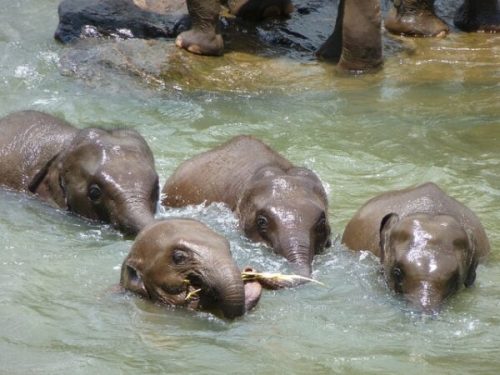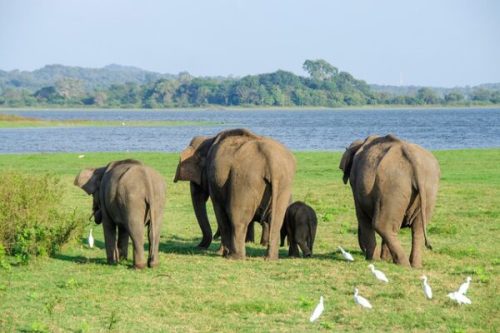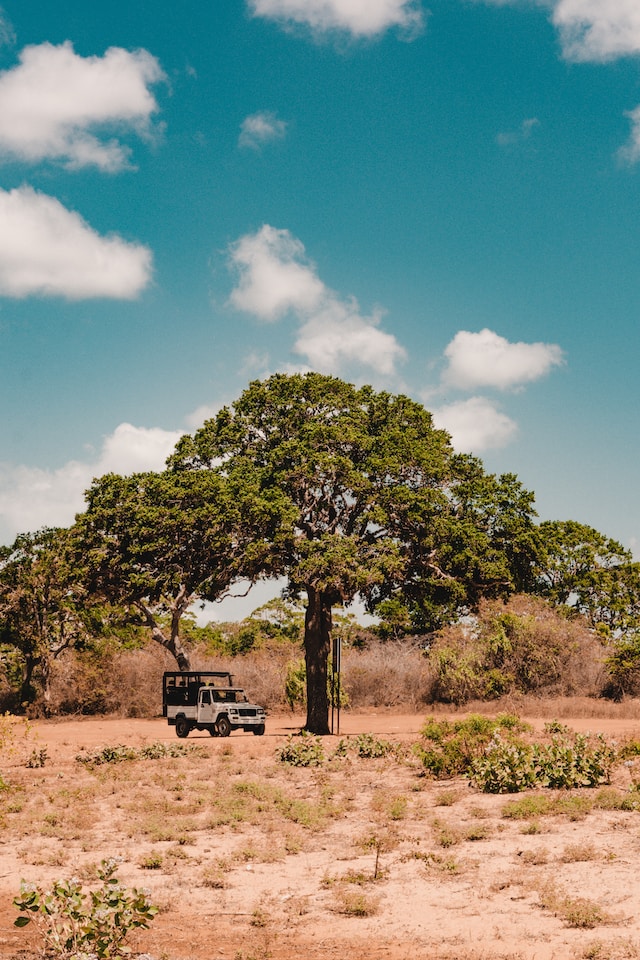Can elephants swim?
Elephants are great swimmers, much like all other animals, despite the common misconception that their vast size prevents them from swimming. They use all four legs to paddle while swimming entirely submerged, with their heads above the water and mouths below. Elephants use thier trunks like a snorkel, which allows them to breathe regularly while swimming and allows them to cover great distances.
Elephants are incapable of swimming from birth, which is one of their fascinating characteristics. They start learning it when they are a few months old.
Can elephants swim in deep water?
Elephants really adore the water. Elephants, especially the young ones, are frequently seen splashing around and having fun in shallow water. Elephants can swim in deep water too in addition to making splashes close to the shore. They can swim a tremendous distance and are excellent swimmers.
- Elephants reportedly used to swim from India to Sri Lanka, according to biologists. The distance between these two landmasses that can be traveled nowadays is 30 miles.
- Unfortunately, horrible things happen too. Six elephants in Thailand’s national park in 2019 drowned while attempting to save a newborn elephant, washed away by raging rivers,
How do elephants swim?
Elephants swim by floating on the water. Their body bulk produces enough buoyancy to keep them at the surface. These huge mammals swim using their feet, so their faces are above water and their mouths are below. while Elephants swim they breathe underwater in help of their trunks as a snorkel. This enables them to swim for extended periods of time without having to emerge totally from the water.
How long can elephants swim?
Elephants can swim in both fresh and salt water and have been spotted swimming for six hours without tiring because their bodies are buoyant enough to float in position.
- Elephants want to move about no matter where they are. According to the Elephantsforafrica.org Elephants travel 25 kilometers (15 miles) each day on land and they can trek up to 195 kilometers if necessary. When elephants are in the water, they can cover a lot of distance and swim up to 480 kilometers (300 miles).
When do elephants learn to swim?
Elephants are natural swimmers, yet as newborns they do not know how to swim. Newborn elephants do not learn to swim until they are several months old. When they are near water, the mother elephants will accompany them.
Best place to see swimming elephants in Sri Lanka
Gal Oya National Park is the ideal location to watch south east Asian elephants swimming between the islands, which attracts people from all over the world to Sri Lanka.

Gal Oya National Park
Gal Oya National Park, located in the Badulla District of Uva Province in Sri Lanka’s southeast, is the only National Park where you may cruise on a boat safari. It is located 376 kilometers northeast of Colombo and reaches into Ampara District.
The Gal Oya Development Board created the national park in 1954 to protect the region used to catch the water for Sri Lanka’s largest reservoir, the enormous Senanayake Samudra Reservoir. The park was given to the Department of Wildlife Conservation by the Gal Oya Development Board in 1965.
The Park has three mountains and covers an area of more than 25,000 hectares. A Stupa and other monuments dating back to the second century BC are in ruins at the Buddhangala Sanctuary, which is part of the Gal Oya National Park. The mountainous region to the west of the Park was one of the last remaining strongholds of the Veddas, one of Sri Lanka’s indigenous tribes.
Flora and Founa in Gal Oya National Park
Grasslands, shrubs, and forests make up the majority of the park’s flora, which is known for being rich in priceless Ayurvedic plants. 32 species of animals, including elephants, leopards, langurs, and indigenous toque macaques, as well as sloth bears, Sri Lankan sambar deer, Axis deer, wild boars, and water buffalo, have been identified in the park. Visitors may see the Mugger crocodile and the Star tortoise among the reptile species, and there are close to 150 unique and migratory bird species as well. Lesser adjutant, Spot billed pelican, and Red faced malkoha are examples of endemic species. Lesser whistling duck, Indian cormorant, Orient darter, and Grey heron are a few of the water birds that frequent the tank, along with a variety of insects, amphibians and raptors.

Where is Gal Oya National Park?
Gal Oya National Park is situated in the Badulla District, 376 kilometers to the northeast of Colombo, and a portion of it extends into the Ampara District. The park’s entrance is located near Inginiyagala, 20 kilometers west of Ampara.
- Colombo to Gal Oya via Kandy -318 km
- Arugam Bay to Gal Oya via Akkaraipattu -79 km
- Tissamaharama to Gal Oya via Buttala -179 km
- Udawalawe to Gal Oya via Buttala -202 km
Best time to visit Gal Oya National Park
When visiting Gal Oya National Park, it is better to avoid the heaviest monsoon months. Therefore, March through July would be ideal. The best time to go observe elephants in their natural habitat is between September and December because these are the off season months when less visitors often travel the park.
Climate at Gal Oya National Park
There may be a few showers between July and September since the northeast monsoon sends rain to this region. At the park, average annual precipitation is roughly 1700 mm, and year-round average temperatures range from 26 to 30 degrees Celsius. May and April are the warmest months.
Where to stay in Gal Oya?
As it is situated right on the border of the park and the serene waters of Senenayake Samudraya, Gal Oya Lodge is the nearest lodging choice when visiting Gal Oya National Park. With views of the gorgeous mountains and vast expanses of unexplored wilderness. Wild elephants may be visible from your accommodation as they stroll through the bush or swim in the lake.
We hope you enjoyed this blog on Swimming Elephants of Gal Oya National Park!. If you have any questions or wish to book any Guided Safari in Gal Oya National Park please send us a message on our website or leave a comment below so that we can respond!






